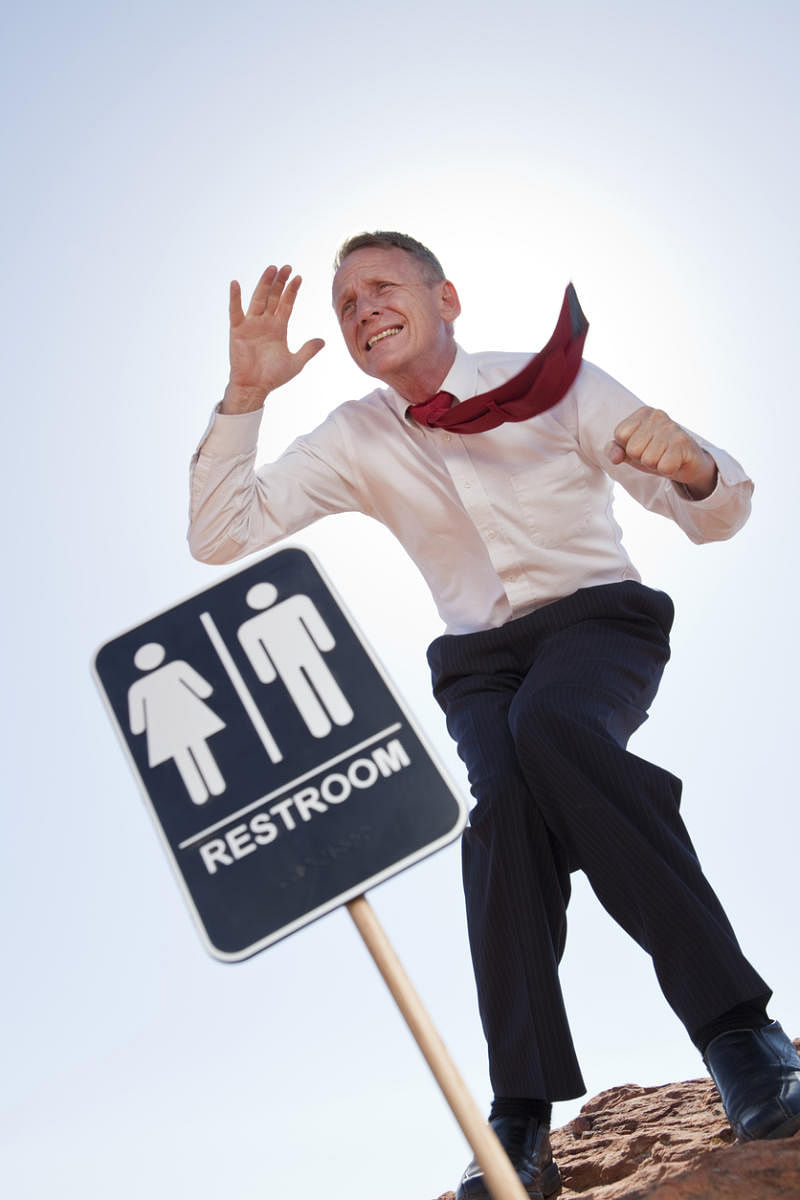
The problem of leaking before reaching the toilet is also known as urge incontinence. You must have heard someone saying “when I want to go, I have to rush because I think I may wet myself.” This is generally a part of the spectrum of disease known as overactive bladder (OAB), where urgency, frequency, exist with or without urge incontinence.
This ailment is three-four times more common in females than men, and prevalence increases with age. This disease generally progresses with time, but long-term stability and remissions can occur. The common causes are idiopathic in most cases (cause not explained), neurogenic, overlapping with functional or systemic disorder. Many diseases may present with similar symptoms like urinary tract infection, polyuria due to diabetes, painful bladder syndrome, altered mental status, side effects of other medicines, previous surgery of urinary tract.
A detailed history about symptoms, nature and volume of fluid intake, any neurological symptoms, obstetrics and gynaecologic history, previous surgery and/ or radiotherapy, bowel symptoms and medication history helps in making the diagnosis. A bladder diary prepared by the patient to keep records of urine leak, urine frequency with time is very useful in making a diagnosis and evaluating treatment response. A focused physical examination of the abdomen and pelvis and basic neurologic examination is a must. Routine lab tests including urine analysis, urine culture, ultrasonography to look for post void residual urine and renal function test are done. In a few complex cases where the diagnosis is in doubt or treatment response is not their cystoscopy, a urodynamic study is done. Treatment starts with lifestyle changes like the cessation of smoking, avoiding excess caffeine, restricting fluid intake to 1.5 to 2 litres, decreasing alcohol intake, bladder training where patient suppresses the urge to pass urine, and treatment of weight loss.
Kegels to the rescue
Pelvic floor muscle training (also known as Kegels exercises) are useful in increasing thte strength, bulk and function of pelvic floor muscles. The training from expert and regular exercises can show great improvement. Adjustment of other drug dosage and timings like diuretics which are usually prescribed for hypertension can be a part of treatment.
Sometimes when symptoms are more severe or only lifestyle changes are not effective, pharmacotherapy with antimuscarinic drugs or adrenergic receptor agonist (Mirabegron) or both are started. The dosage of drugs is modified as per the symptoms and response. Now the drugs are very selective and the side effects have decreased, so patient acceptance for drugs have increased. Side effects of dry mouth and constipation can still occur and drugs should be used cautiously for the elderly.